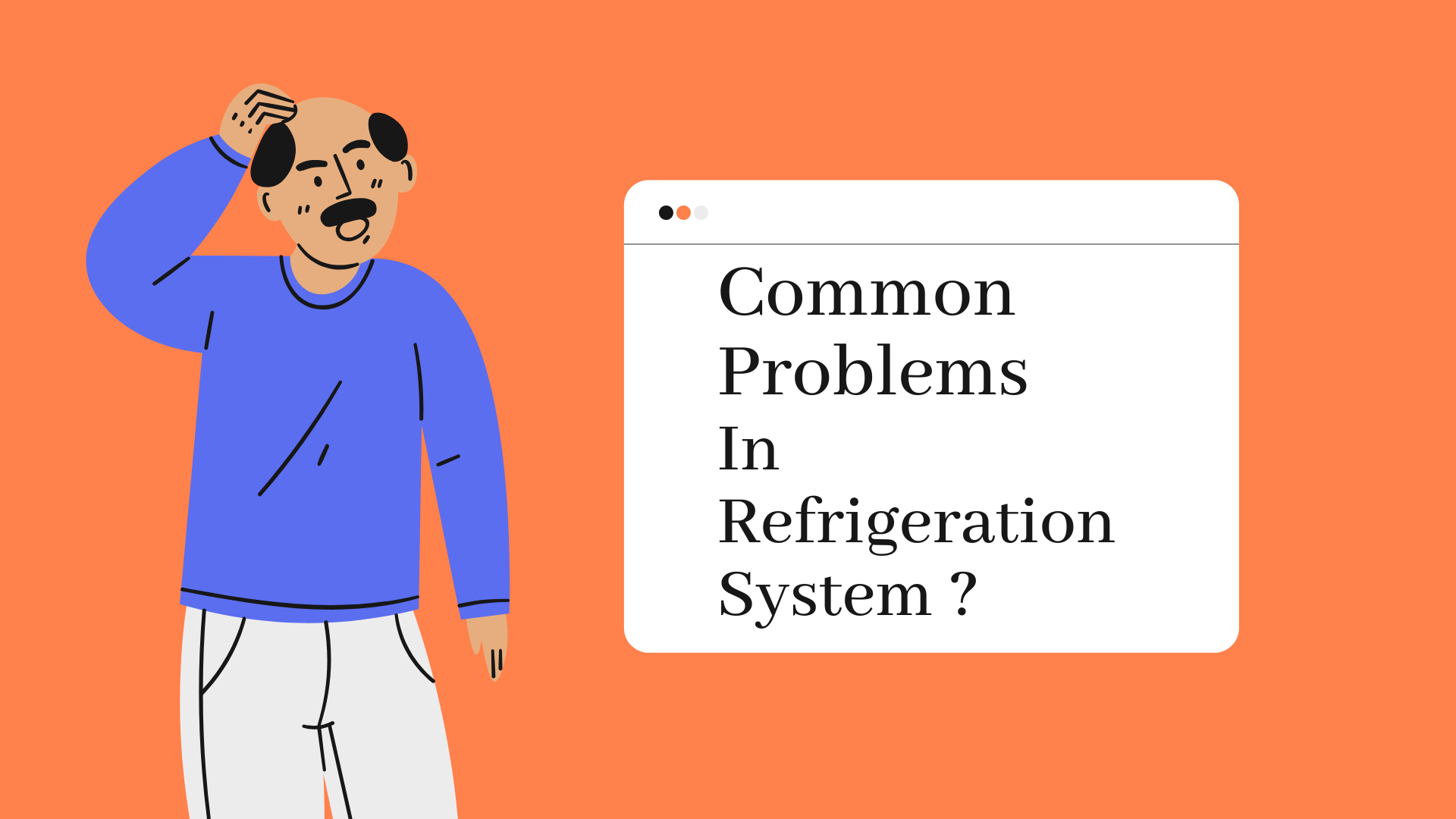Under-charge : Low compressor suction and discharge pressure.
- High superheat at the compressor suction. (Possibility of overheating and oil breakdown at compressor delivery.)
- Large vapour bubbles in liquid sight glass.
- Compressor running for extended periods.
- Compressor cycles intermittently on the pressure switches.
- Room temperatures rising.
- Ammeter reading, for the compressor motor, lower than normal.
b) Over Charge:
The liquid level in the condenser is too high. This reduces the available condensing surface, with corresponding increase in saturation temperature and pressure.
There is possibility of excessive liquid refrigerant getting to the evaporator, giving icing at compressor suction, and a pressure drop across the expansion valve. The cold room temperatures may rise, if the evaporator is flooded.
c) Air in the system :-
Possibility of small air bubbles in liquid sight glass. This may cause the reefer compressor to overheat, with a high discharge pressure (with normal condensing temperature).
If there is excessive air, it may reduce the cooling capacity of the system, giving long running periods.
Air can be removed by collecting the system gas (into the condenser), leaving the condenser cooling water on and venting out the air from the top of the Condenser.
d) Moisture in the system:
This normally comes in with the ingress of air in the system. Moisture may freeze at the expansion valve, giving some of the indications of undercharge. It will contribute to corrosion in the system. It may cause lubrication problems and breakdown of the oil.
e) Oil in system:
There are normally always a small quantity of lube oil in the system, but the fluid speeds are fast enough to force the oil to travel around and back to the compressor .suction. This can happen if the Oil separator is not working correctly. If oil collects in the condenser and evaporator, their heat transfer rates will be impaired.
f) Flooding:
This is seen-as liquid getting back to the compressor suction. It may be due to faulty or incorrectly adjusted expansion valve. Also due to the Solenoid valve leaking. It may also result from Overcharge. It leads to an iced-up evaporator.
